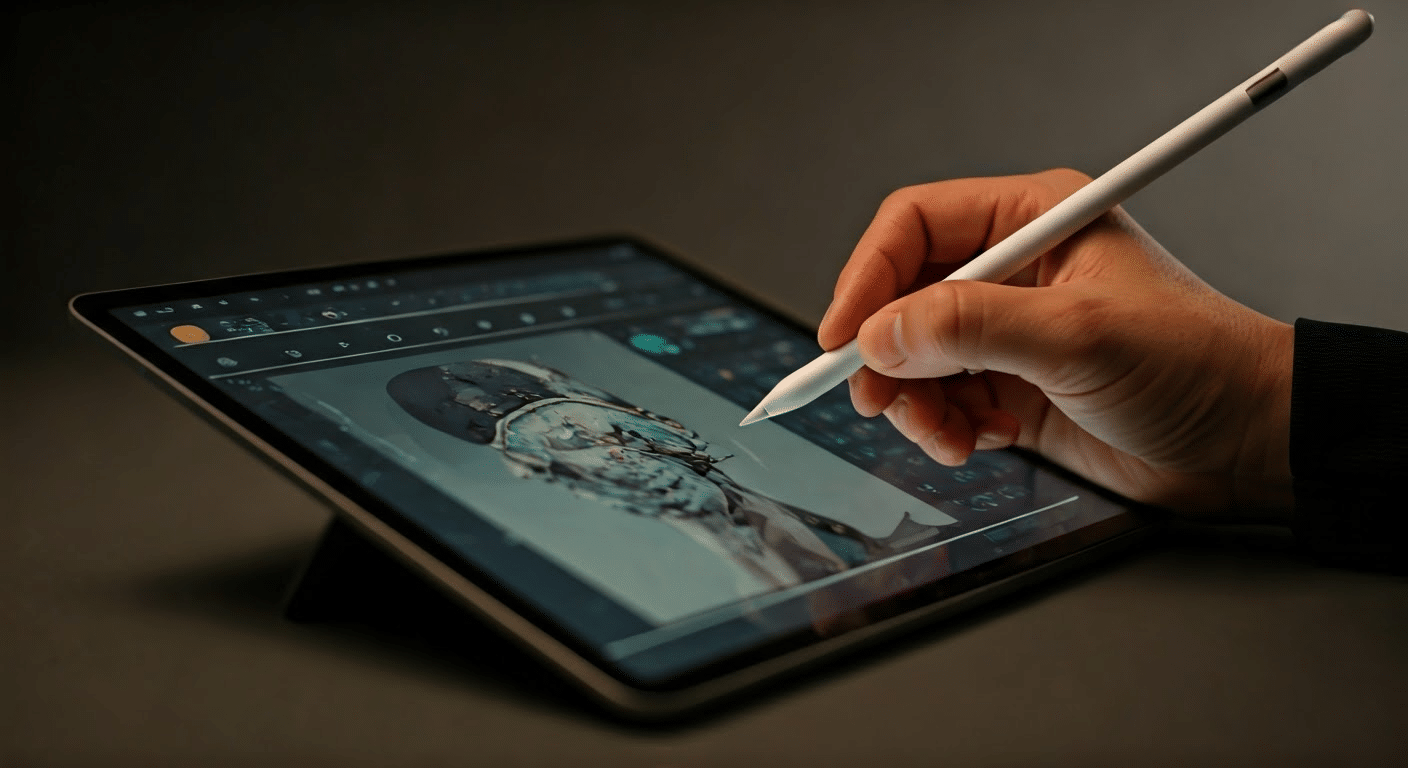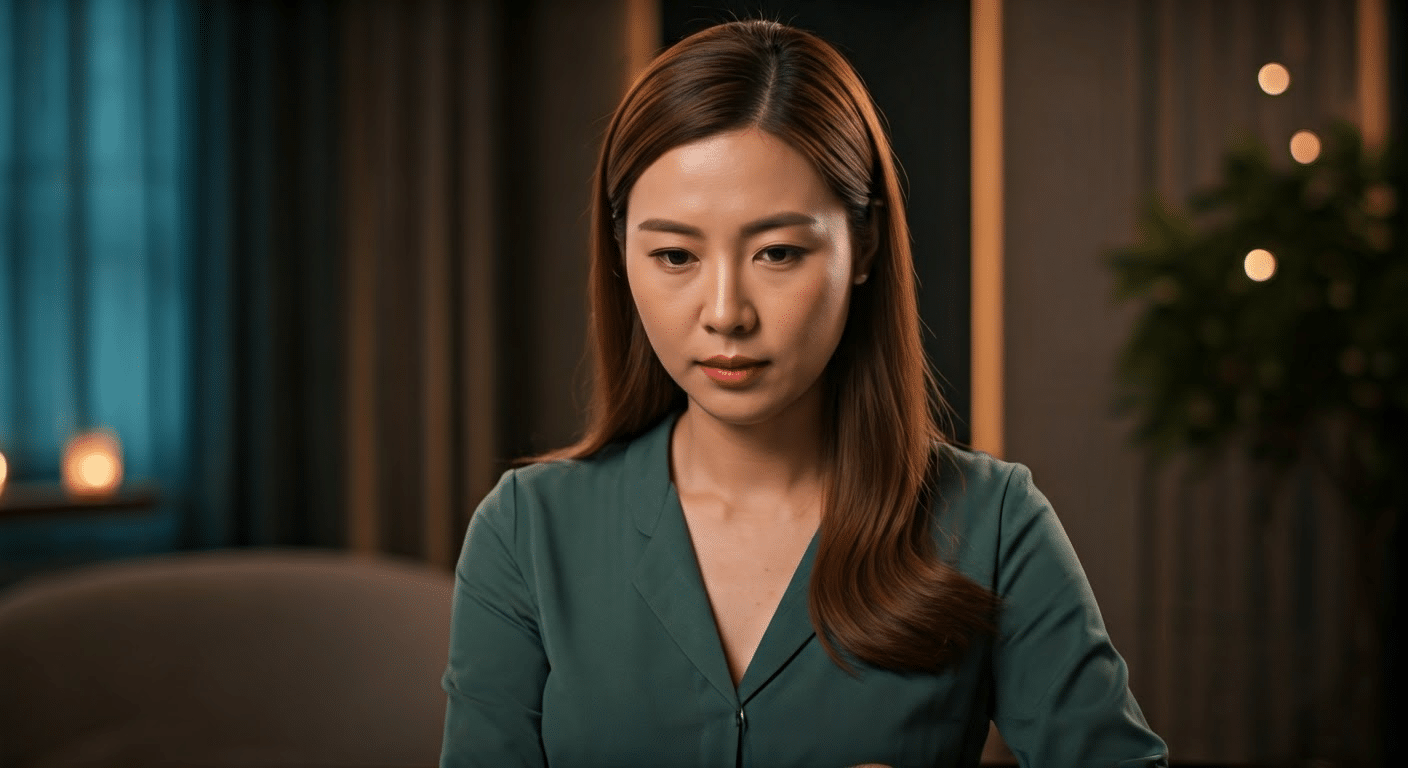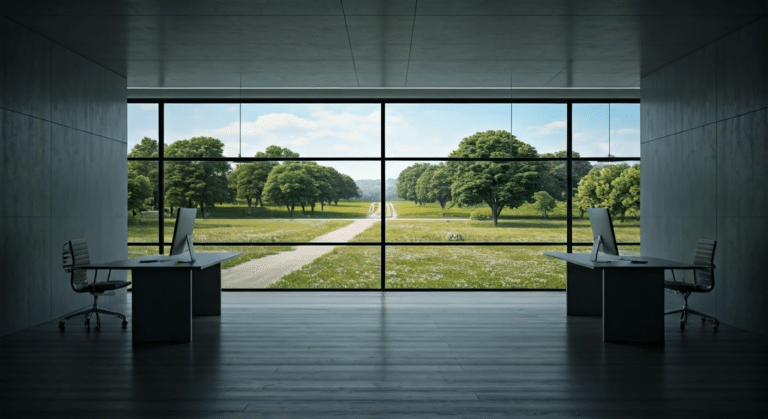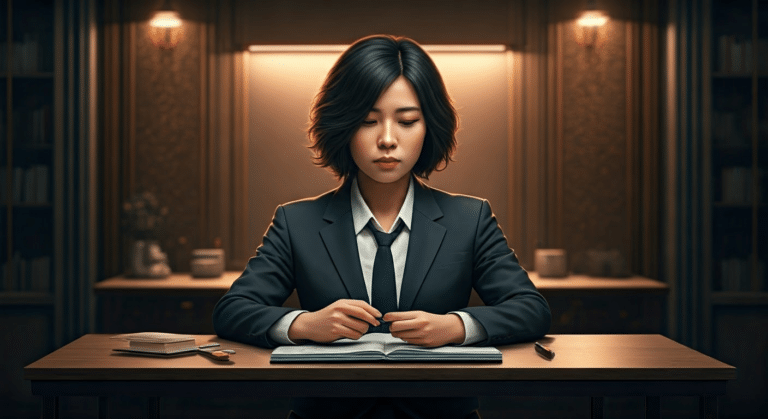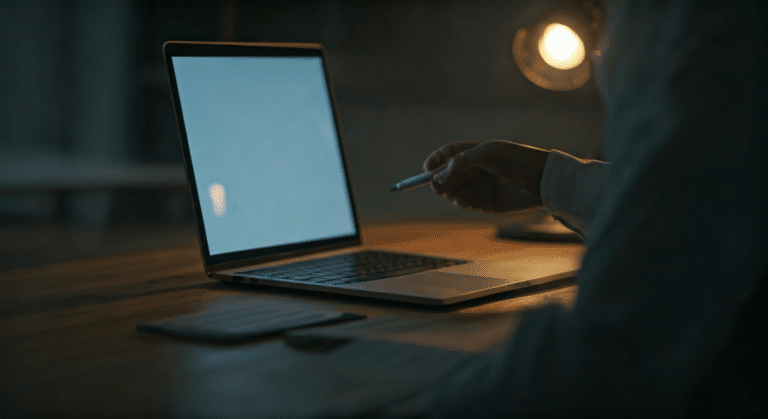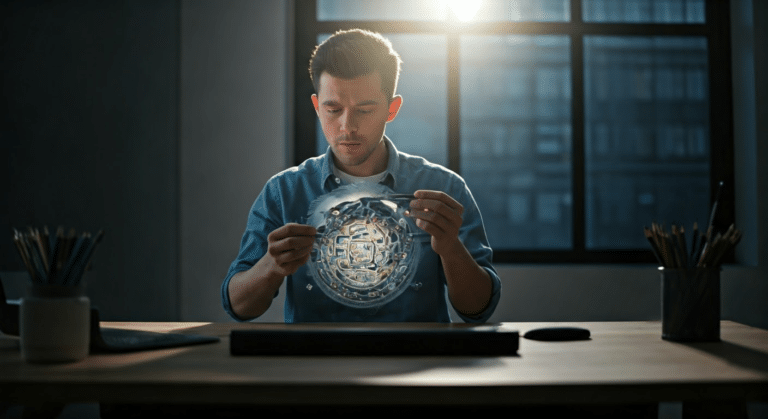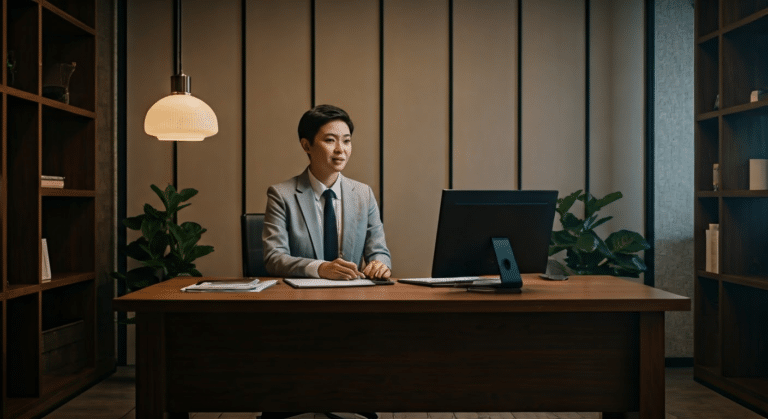Rethinking AI Image Generator: A Fresh Perspective
Last Updated on February 24, 2025 by admin
Here’s something surprising: my journey with the ai image generator began when I stumbled upon its transformative potential in creating digital visuals. These tools are remarkable, allowing us to fine tune every aspect of the visuals produced. This development sparked a revolution in generating images that cater to diverse aesthetic needs. The ai generate images not only save time but also introduce a new wave of creativity by offering varied image styles that were previously hard to achieve. As someone who appreciates the intersection of technology and art, I find this evolution incredibly fascinating. The Smarter Way to
In my experience, the significance of ai image generators in modern content creation cannot be overstated. Building on this concept, the technological advancements in AI have made it possible to explore limitless possibilities in image style, enabling creators to push boundaries like never before. What stands out is how seamlessly these tools integrate into existing workflows, enhancing productivity and creativity. This naturally brings us to the main content of the article, where we’ll delve deeper into how these innovations are reshaping the digital landscape. Join me as we explore this exciting frontier!
Understanding AI Image Generators
Medical experts confirm that AI image generators have transformed the landscape of digital art and design. These powerful AI tools leverage complex algorithms to transform text prompts into visuals, offering a seamless blend of technology and creativity. They function by interpreting user inputs to produce ai generated image outputs that are both innovative and precise.
One fascinating aspect of these generators is their ability to learn and improve over time. By analyzing vast datasets, they gain the capability to create unique images that cater to specific needs, from marketing campaigns to personal projects. This adaptability highlights the significant role of artificial intelligence in modern content creation, providing users access to practically unlimited creative potential.
Building on this concept, the process of converting text prompts into images involves a sophisticated interaction between AI’s neural networks and training data. The technology behind this ensures that the resulting images are not just random but tailored to the prompt’s description. This leads us to ask, “How many images can these tools produce with a new prompt?”
Moreover, these images aren’t just for personal enjoyment. Many platforms offer options for commercial use, expanding their utility far beyond casual settings. The integration of these AI tools into marketing materials exemplifies their broad applicability, from advertising to branding. Transform Your Ai Image
As we continue to explore AI’s capabilities, it’s clear that the evolution of image generation technology is just beginning. The future promises even greater advancements, making content creation a more immersive and dynamic experience.
Top AI Image Generators in the Market
As you navigate this stage of exploring AI image generators, it’s essential to consider leading tools like Adobe Firefly and DALL-E. These platforms have brought about a revolution in the way we create digital art. I’ve had the chance to delve into both, and here’s what stands out.
Adobe Firefly, an innovative tool, offers an intuitive interface that even beginners can easily grasp. What’s particularly interesting is how it seamlessly integrates with Adobe Express, allowing users to enhance their projects with text to image capabilities. This feature is perfect for creating AI generated images for commercial purposes. Meanwhile, DALL-E impresses with its ability to generate highly detailed, ai generated visuals that can rival professional artwork.
Connected to this, the quality and style of generated images from these platforms are noteworthy. Adobe Firefly tends to produce vibrant, expressive images, ideal for creative projects. On the other hand, DALL-E excels in creating realistic, public domain-inspired visuals. This is especially useful when you need ai generated images for projects without copyright restrictions.
Moreover, both platforms allow users to access public domain content, expanding creative possibilities. Adobe Express, in particular, makes it simple to incorporate such content, providing a broader palette for creators. As I explored these tools, I found that their unique features cater to diverse artistic needs, making them indispensable for any digital artist. Hidden Ai Image Creator
In conclusion, choosing between these top AI image generators depends largely on your specific requirements. Whether you’re seeking vibrant creativity or realistic precision, these platforms offer powerful solutions to elevate your projects.
- Adobe Firefly: Best for vibrant, expressive images
- DALL-E: Ideal for realistic, detailed visuals
- Text to image: Enhances creative projects
Latest Insights and Developments
AI image generators have significantly advanced, influencing multiple industries from art to advertising. As these technologies evolve, understanding the latest insights and developments becomes crucial for stakeholders.
Key Research Findings
Recent studies have revealed several crucial insights about AI image generators:
- Generative Adversarial Networks (GANs) remain the backbone of high-quality image generation.
- AI models are now capable of producing images with unprecedented realism and detail.
Important Statistics
Data highlights the growing impact and capabilities of AI image generators:
- By 2025, the AI-driven image generation market is projected to reach $1.2 billion (Source: MarketWatch).
- Over 70% of digital artists reported using AI tools to enhance creativity (Source: Digital Art Trends 2025).
Latest Developments
Recent advancements showcase the rapid evolution of AI image technologies: My Journey to Ai
- OpenAI introduced a new model that reduces bias in AI-generated images.
- Adobe has integrated AI imaging tools into its Creative Cloud suite, boosting accessibility.
These insights reflect the significant strides made in AI image generation technologies, indicating a transformative potential across various sectors. Staying informed is vital for leveraging these advancements effectively.
How AI Image Generators Work
Healthcare providers recommend understanding the mechanics of AI image generation, which encompasses the fascinating process of converting text descriptions into vivid images. At the core of this transformation are sophisticated machine learning models, including DALL-E, that make these creations possible. These models interpret words and phrases, and through the power of generative AI, they create images with more detail than one might expect.
What’s particularly interesting about AI is its ability to leverage tools that have been designed to interpret vast amounts of data. These tools allow the AI to convert simple text into complex visuals, effectively giving life to mere words. As a direct result, AI image generators like DALL-E have become indispensable in both artistic and commercial fields.
To further illustrate, consider how free AI image generators use these models to produce art. They analyze the text input, apply an art style, and create images that can range from realistic to abstract. This progression leads to new opportunities in digital art, where users can experiment with different styles without any cost barriers. Chat Got: An Expert
Moreover, the integration of these tools in AI applications extends beyond just art. For instance, they are utilized in healthcare for creating detailed visuals from descriptive data, enhancing understanding and communication. Building on this concept, the use of AI image generators is not limited to professionals; anyone can access a free AI image generator to explore their creativity. These advancements signify a shift in how we perceive and utilize tools for creative and practical purposes.
Applications of AI Generated Images
Clinical data shows that AI generated images have become a cornerstone in many industries, reshaping marketing, social media, and art. In marketing, AI generated art offers a fresh approach to advertising campaigns. Brands can now create personalized content that resonates with diverse audiences, using AI to turn text into visually appealing advertisements.
This naturally leads us to the realm of social media. AI-generated visuals are transforming social media posts, making them more engaging and interactive. This shift created an opportunity for brands and influencers to stand out by using AI to generate unique and eye-catching content.
Moreover, AI’s influence on modern art and design is undeniable. Artists are exploring new dimensions by blending traditional techniques with AI innovations. For instance, the neon punk aesthetic is gaining popularity, showcasing how AI can create diverse styles that captivate audiences.
Building on this concept, tools like Adobe Firefly allow creators to experiment with their own images by providing specific details to generate stunning results. This progression leads to a more inclusive creative process where artists and marketers alike can produce one image or a series of visuals tailored to their needs. Transform Your Перекладач Experience
In my experience, the ability to generate customized visuals quickly is a game-changer. Especially when using platforms like Adobe Firefly, which supports users in crafting images that fit their unique visions. Ultimately, the integration of AI in these fields not only enhances creativity but also broadens the possibilities for expression.
Challenges and Ethical Considerations
While many think the world of AI image generation is purely technical, it’s also fraught with challenges that demand our attention. Copyright and ethical concerns are at the forefront. As these technologies evolve, we must ensure that the AI image generator respects existing copyrights. The question of who owns the rights to AI-generated content is complex, especially when these creations create new ideas from existing works.
Usage rights are crucial. If an image generator produces an image based on an existing text description, we must ask if it infringes on the original creator’s rights. Public domain and commercial use considerations are also essential. Not every image produced is free for public use, and understanding these nuances is critical.
This naturally brings us to ethical considerations. Artificial intelligence holds immense potential, but without careful regulation, it could misuse more images than intended. The moral responsibility lies with us to ensure that these powerful tools don’t exploit sensitive data or reinforce biases. In my experience, clear guidelines and transparency are essential to navigate these challenges.
In conclusion, acknowledging these complexities is the first step. As we continue to create and innovate, it’s imperative to address these ethical challenges head-on, ensuring that the advancements in AI are both responsible and sustainable.
Future of AI Image Generation
If you’re experiencing the rapid advancements in AI image generation, you might wonder what’s next for this groundbreaking technology. One fascinating aspect is the evolution of text prompts. These prompts allow users to create high quality images simply by providing a specific prompt. Imagine typing a few words and watching them transform into a stunning photo. This shift has made it easier to generate image content in various fields.
Building on this concept, AI’s role in content creation will likely expand. New tools that refine text prompt capabilities could emerge, offering more precise image outputs. The ability to generate image content tailored to individual needs is becoming a reality. AI-generated photos are not just about creativity; they also address practical needs in industries like marketing and design.
Moreover, the integration of AI in generating high quality images could redefine usage rights. As AI continues to evolve, understanding the implications for copyright and distribution will be crucial. This development sparked a broader conversation on how AI generated content impacts creative ownership.
Looking forward, advancements in AI could lead to more interactive and dynamic photo creation processes. This naturally leads to questions about AI’s influence on future content trends. Will AI-generated photos replace traditional photography, or will they coexist? This progression leads to an exciting future where AI and creativity blend seamlessly.
In essence, as we generate image content with AI, the potential for innovation is vast. The next significant aspect to watch is how AI adapts to new demands, continually enhancing its ability to transform text prompts into vivid visuals. As a direct result, the future of AI image generation is bound to surprise us.
